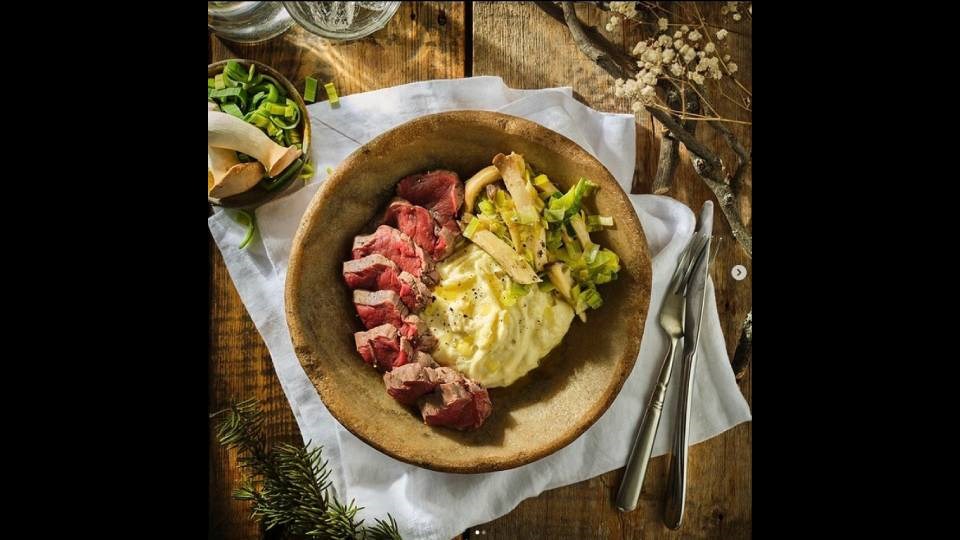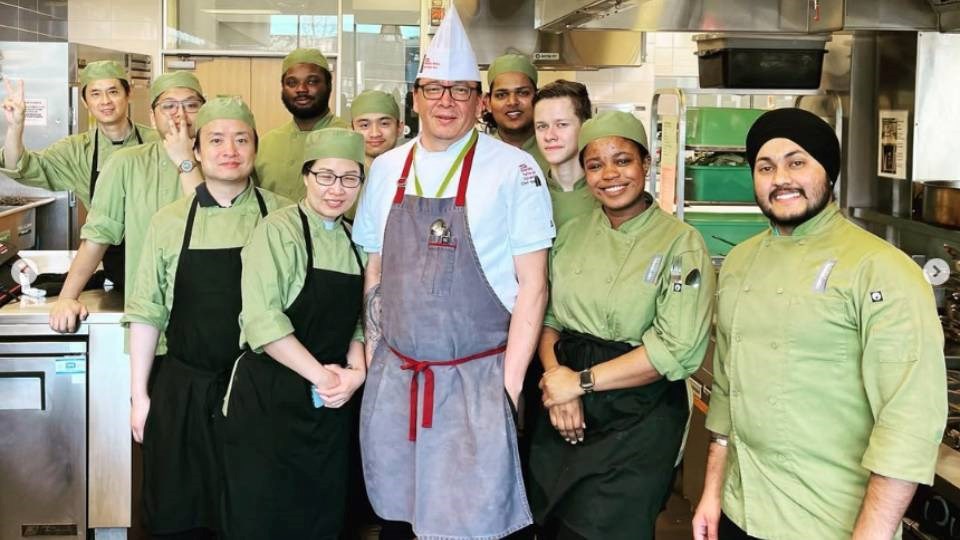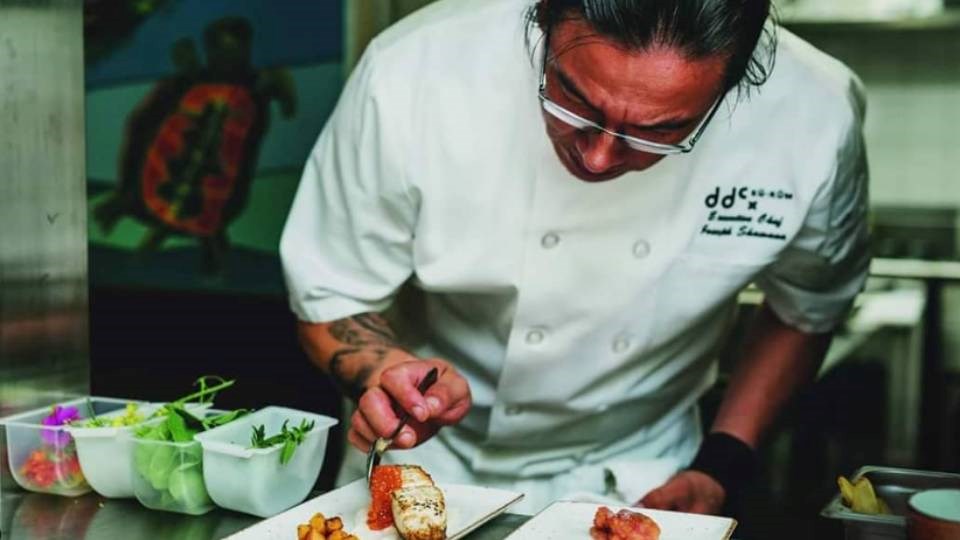Joseph Shawana never expected he would be standing in front of a lecture hall filled with college students in Toronto.
A chef by trade, Shawana said he’s a natural introvert, preferring to do his best work alone in the kitchen, where he can tune out the world — and all of its “trials and tribulations.”
But now, with a few years of instruction at Centennial College under his belt, Shawana has been given the opportunity — not to mention a fair share of the spotlight — to impart upon a new generation of chefs the wisdom gained across his varied career.
The Toronto school announced in November that it was appointing Shawana — who grew up in Wiikwemkoong on Manitoulin Island — the school’s first Indigenous Culinary and Foodways Guide, a brand-new role and the first of its kind in Ontario.
In the new position, Shawana will have a focus on ensuring Centennial remains at the forefront of culturally grounded approaches to Indigenous food and food sovereignty, the school said in a November press release.
“I'm in this position now where I can actually teach what I know instead of just opening up a book and teaching what was put in front of me,” Shawana told Northern Ontario Business.
“And I’ll have the ability to design what we as Indigenous people feel should be taught in classrooms.”
Although the program is still in its infancy, the Centennial team is working on piecing together a roadmap for what students will be able to see and experience once Shawana begins.
Truth and authenticity, Shawana said, will form the core of his approach.
“If we have Indigenous content that's embedded into the curriculum, both in practical and the classroom, then it should come from a reputable source, from any community across the country,” Shawana said.
“If we're teaching something that's from the West Coast — like how to properly cure a salmon — then I can find a few West Coast chefs that I know,” Shawana said. “We learn from Indigenous chefs from the west so students have that truthfulness behind what we're teaching.”

To do that, he’ll be leaning on many of the connections he’s made across Turtle Island during his career in the kitchen.
And those connections run the gamut. Shawana has worked in small Manitoulin communities — the now-closed Schooner’s in Manitowaning was the family-run restaurant where Shawana first cut his teeth — and he also catered to a white-tablecloth, corporate crowd in his time as sous-chef at the Rogers Centre.
He’s also run his own restaurant — Kū-kŭm Kitchen was one of Toronto’s most talked-about restaurants before its closure during the pandemic.
The goal, Shawana said, is to help tell the story of the food we eat.
“My biggest aspiration for a non-Indigenous person is to have the awareness of what Indigenous foods brought to the world,” he said. “When you think of world trade … and the countries have culinary staples, like Ireland with potatoes and Italy with tomatoes.”
“But potatoes actually come from Peru; they originate on this side of the world. And tomatoes aren’t Italian; they came from Mesoamerica. People think chocolate is Swedish or Belgian, but cocoa comes from this side of the world.”
With that expanded knowledge, culinarians could then, in turn, teach employees, kids and people enjoying the food the origins of what they eat.
“It’s more of an honest and truthful approach to the food,” he said.
Shawana’s vision for Centennial
The vision for Centennial, Shawana said, is to engage a “full-on” Indigenous faculty in both the classroom and culinary labs. He said he would also like to see the college attract more northern Indigenous youth to campus, more Indigenous youth in residence, and a proper, campus-wide support system to ensure they’re comfortable inside the Centennial environment.
It’s an experience that many Indigenous students don’t adapt to, especially coming from smaller, somewhat isolated communities — like Shawana’s home of Wiikwemkoong.
“I know what it’s like coming to Toronto,” Shawana said. “You can get culture shock.”

Shawana’s own journey from the island to the big city began in the ‘90s, when he left Wiikwemkoong to attend a Toronto culinary school. There was no transition period of getting used to city life in a smaller northern city like Sudbury or North Bay, Shawana said. It was straight from a community of 8,000 to a metropolis of four million.
“Having that sense of stability is very important, especially when you're coming from a community like Wiikwemikoong,” Shawana said. “It can leave you feeling uneasy, in terms of being away from home and away from everybody you know and everything you've learned.”
It certainly won’t be an overnight fix, Shawana said. And there’s plenty of work to do.
“A lot of work, and it will take a lot of support from Indigenous communities across the country, as well as non-Indigenous communities in Canada,” he said.
Fortunately for the chef, cooking, enjoying food, and learning in the kitchen has a way of bringing everyone together.
“It’s just like cooking,” Shawana said. “You never know what the outcomes are going to be once you start cooking, or start putting everything in a pot, but then the final product is something phenomenal.”
